Gearing Up without Going Broke
If you’re at all “outdoorsy”, you understand how much time, energy, and money you can spend shopping for outdoor gear. From trail shoes to trekking poles to an ultralight down puffy, knowing what gear you need — and how you’re going to afford it — can be overwhelming. After all, hiking gear isn’t cheap.

On one hand, getting outside for some time on the trails shouldn’t be costly or complicated. On the other hand, having the right gear can make your hikes more comfortable, enjoyable, and safe. While it’s important to have what you need for a good time outside, you shouldn’t have to empty your checking account in order to afford it.
Luckily, you can meet in the middle — by shopping strategically, buying only what you need, and knowing how to get the most bang for your buck. Continue reading to learn how to save money on hiking gear.
What You Need — And What You Don’t
With seemingly endless gear on the market, it’s tough to know what’s actually necessary — and what’s just nice to have. Below, we break down whether or not you need some of the most common hiking gear:
Safety gear
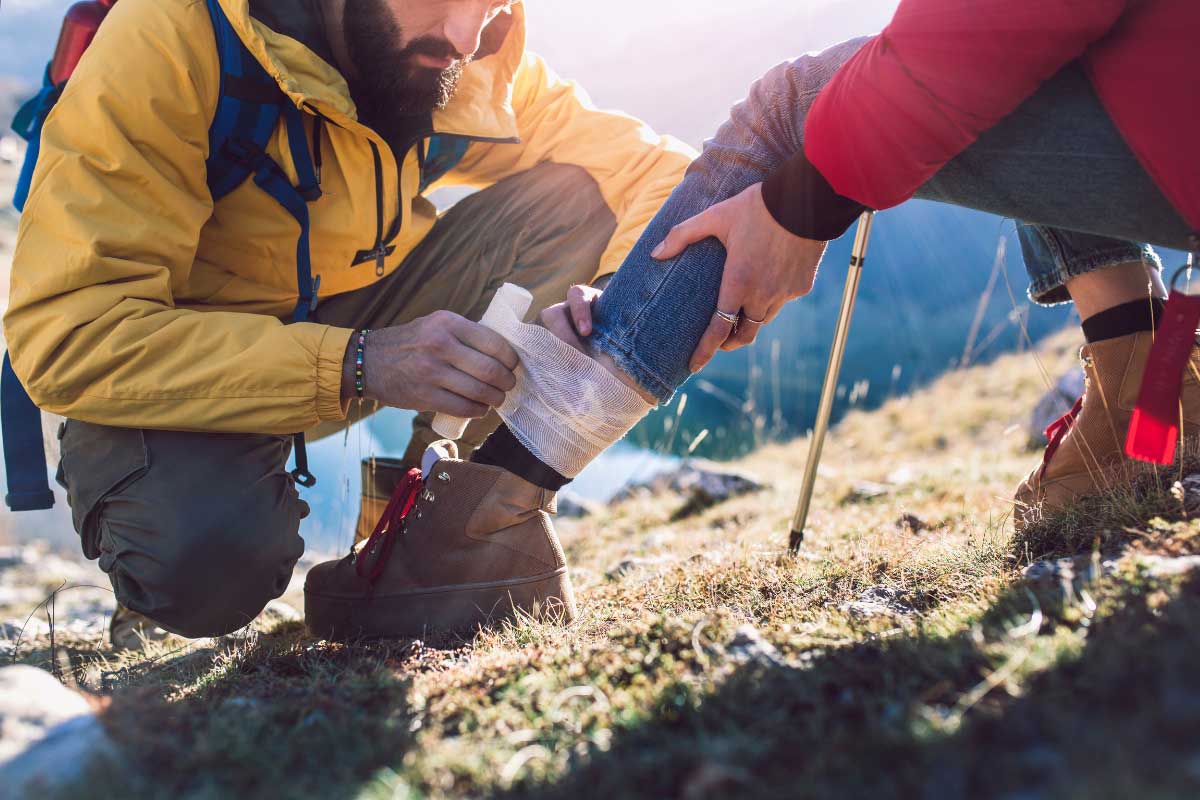
No hiker should skimp on safety gear, especially those items included in the ten essentials. But unless you spend a lot of time deep in the backcountry on extended hikes, you don’t need top-of-the-line stuff. You just need gear that works.
Safety gear includes navigation, sun protection, illumination, a first aid kit, matches, some tools, and an emergency shelter. For most hikers, you don’t need to spend a lot of money on these items. But make sure you have them and they’re in good working condition.
Pro Tip: If you’re on a budget, DIYing your first aid kit can be cheaper than buying a prepackaged one. Consult a list of essential first aid supplies, then shop for individual items at the pharmacy or online.
Clothes
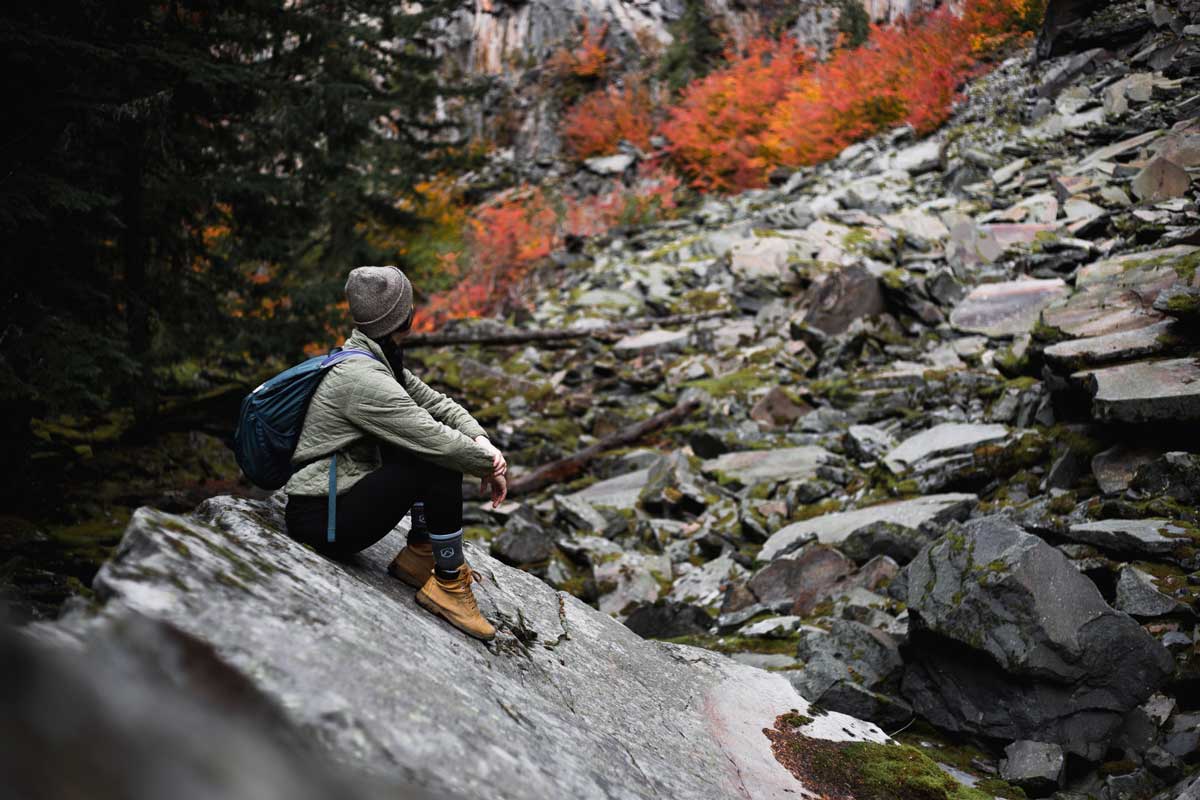
Depending on the weather, your clothes can make or break your hike. But you also don’t have to spend extravagantly to be comfortable in most outdoor environments.
If you’re going to spend money on hiking clothes, go for versatility. This means buying pieces and fabrics that you can wear in multiple seasons. Merino wool, for instance, is great for winter and summer hiking. Synthetics can be a great choice too, and they’re often more affordable. But whatever you do, don’t settle for cotton — it holds moisture, which in cold weather can contribute to hypothermia.
It’s also possible you already have what you need. Clothes you wear for other activities — like running and yoga, for instance — can make great hiking clothes. Just make sure you have the right clothes for the weather. When it gets wet and chilly, you’ll need insulating and waterproof layers too.
Pro tip: If you already have a rain shell — but it’s not doing a good job of keeping you dry — try washing it in a waterproofing solution like Nikwax before buying a new one.
Footwear

When you log a lot of miles on the trail, your footwear is important. But that doesn’t necessarily mean you need specific trail shoes or hiking boots. In fact, for many hikes, a pair of sturdy tennis shoes will do. However, the more rugged the trail and the more time you spend on your feet, the more you may want to pay for a pair of comfortable hiking shoes. Unless you’re prone to ankle injury or covering extremely rugged ground, you probably don’t need the toughest, sturdiest boots — many hikers prefer a lighter trail shoe instead.
Pro Tip: When you hike, your socks are as — if not more — important than your shoes. The right socks wick your sweat, prevent blisters, and even cut down on odors. We suggest wearing merino wool socks year round.
Backpack

Any hike aside from a short jaunt in the park probably requires you to bring a pack of some sort. With a really short hike, a fanny pack may be enough. The longer the hike, the more space you’ll need.
When it comes to buying a pack, you can start with what you have. You don’t need any specific type of bag for hiking, especially if you aren’t going too far. As you hike more, you’ll figure out what’s most important to you in a backpack — whether that’s comfort, weight, features, or size. And make sure that when you do shell out for a new (or used) pack, you get one that really fits.
Pro Tip: If you hike regularly, your pack will see a lot of wear and tear. If you truly want something that will last forever, choose a pack from a company that will repair your pack in case of damage — Osprey is one company that offers this type of warranty.
Accessories
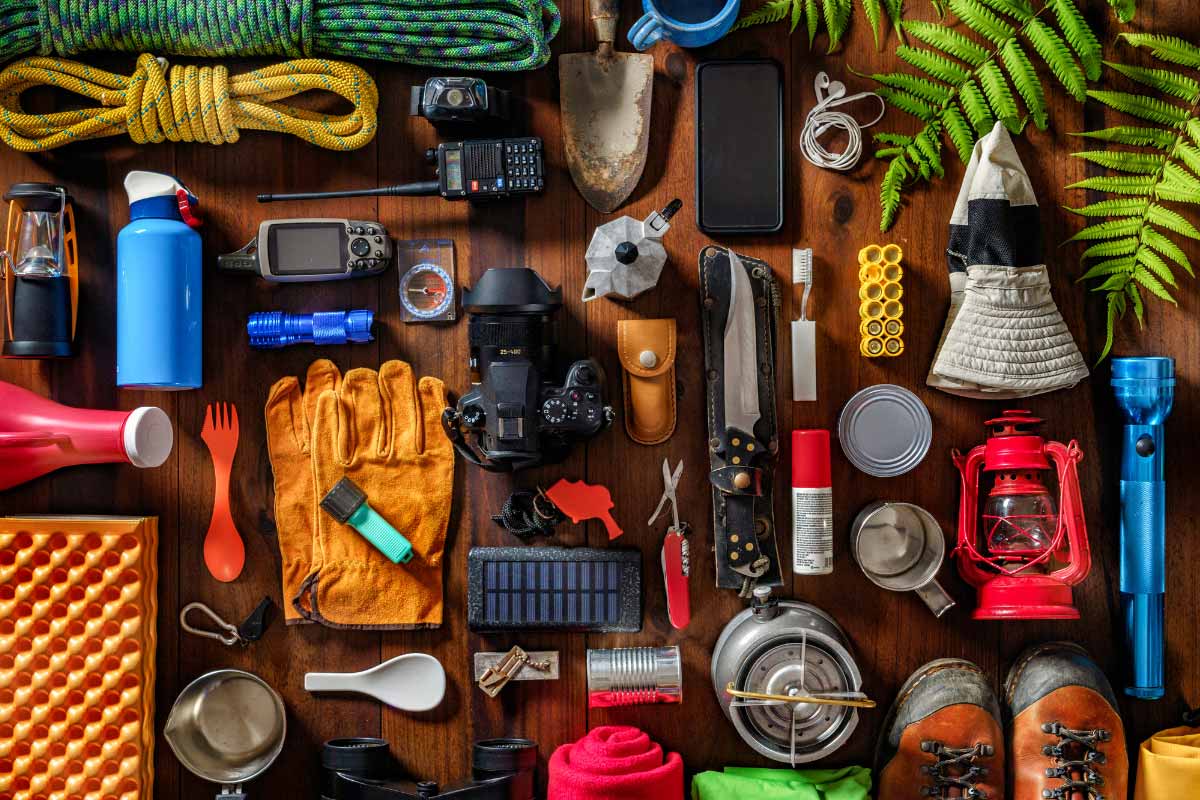
This is where you can really get lost in the hiking gear rabbit hole. Hiking accessories can include everything from sunglasses to trekking poles to a packable sit pad. Depending on your preferences, priorities, location, and more, some of these may be essential, while others may be superfluous. For example, if you have bad knees, trekking poles make all the difference. On the other hand, if you like short, quick hikes, you probably don’t want to carry around a sit pad.
Pro Tip: Many outdoor retailers and guide services have gear for rent. So if you want to try out some gear — like snowshoes or trekking poles, for example — you can often do so for a fraction of the cost of buying it.
Where and How to Shop
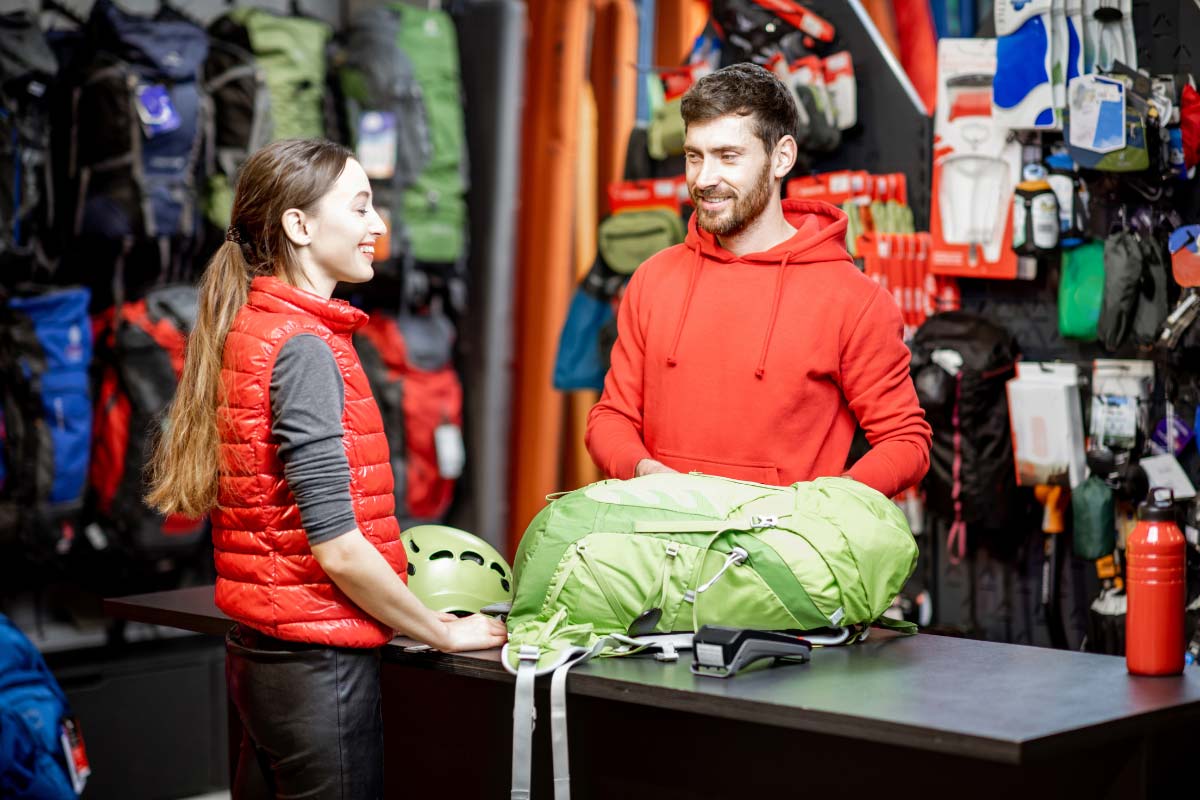
Now that you know what you need, you may be wondering where to shop. There are lots of places to buy hiking gear — from your local outfitter to the big box store at the mall. Of course, you can buy just about anything online, too. Where you choose to shop depends on preference and convenience, but if you’re looking to save money, keep the following in mind:
- Certain stores, like REI, offer generous member discounts and perks. For instance, REI members earn a 10% dividend on qualifying purchases, free shipping, and special discounts.
- Lots of outdoor brands offer warranties or lifetime guarantees on their products. If you want to buy something once and not worry about replacing it, shopping from these brands can save you money in the long run.
- Don’t discount your local gear shop. While prices aren’t always competitive at these smaller businesses, you can often find great deals on the sale rack. Plus, the knowledge and expertise a sales associate can provide is sometimes worth paying full price. As a bonus, these folks usually know the best trails in the area.
- Shop out of season. When winter turns to spring, you’re probably not thinking about warm base layers and puffy jackets. But when the seasons change, stores often put last season’s items on sale to clear the shelves for new inventory. Shop out of season to score big on deals.
- Shop at outdoor consignment shops. Some big retailers, like Patagonia and REI, sell used gear at discounted prices. But there may be smaller consignment shops in your area, too. Often, you can find gently-used gear for a fraction of the price. As a bonus, you can sometimes get store credit when you trade in old gear.
Pro tip: When you buy a new piece of clothing or gear, treat it well. Cleaning your hiking gear correctly will prolong its life, meaning you won’t need to replace it as often.
Don’t Break the Bank To Hit the Trail
By taking inventory of what you really need to have a safe and comfortable hike, you can shop wisely and strategically to save some hard-earned cash. Keep in mind that the better quality products you buy, the less often you’ll need to replace them. On the other hand, if you only camp once a year, you probably don’t need a top-of-the-line tent.
And remember, you don’t need everything. There’s a lot of gear out there, and it’s tempting to want it all. But simplifying your supplies can help remind you why you hike in the first place — to get some much-needed fresh air while connecting with nature.
The outdoors are for everyone, regardless of your income, clothing, or experience level. We hope these tips empower you to head outside with both excitement and confidence — and maybe even a little style.
For more hiking inspiration, subscribe to our email newsletter. We’ll send you helpful articles like this, plus the latest deals on your favorite hiking socks.

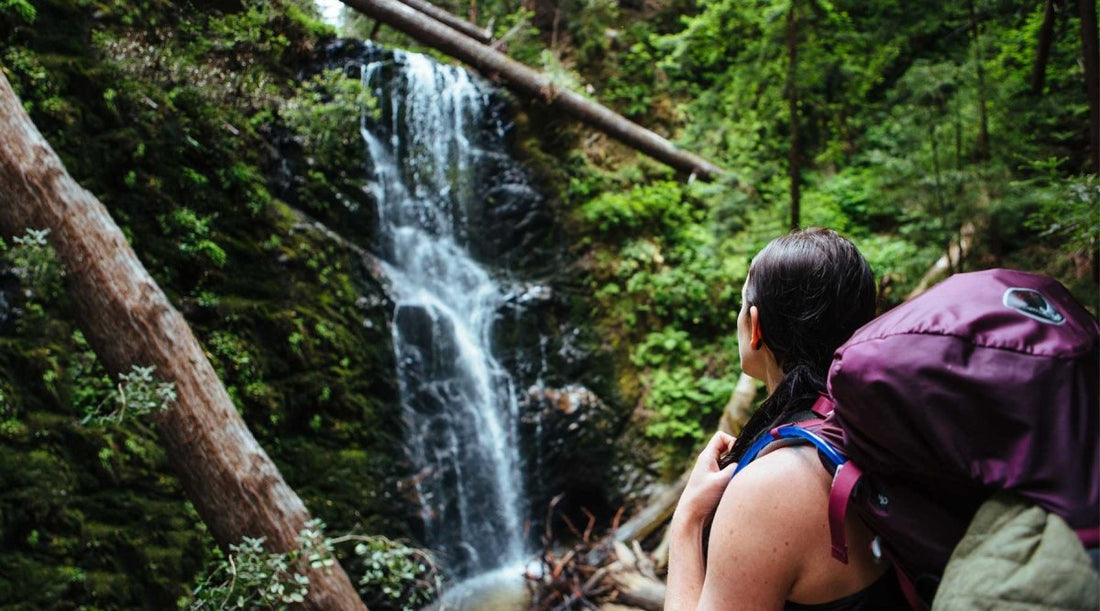
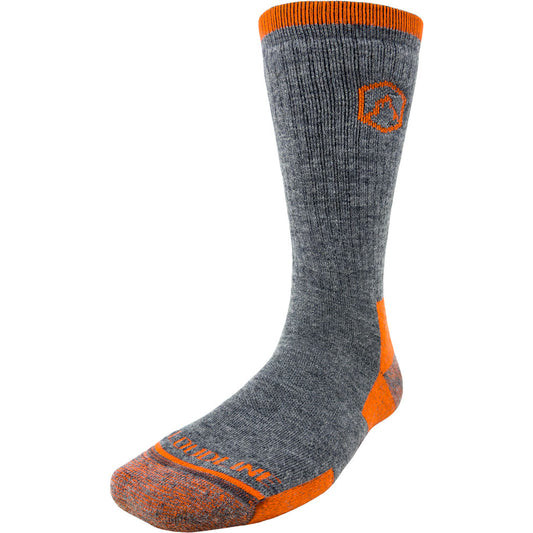
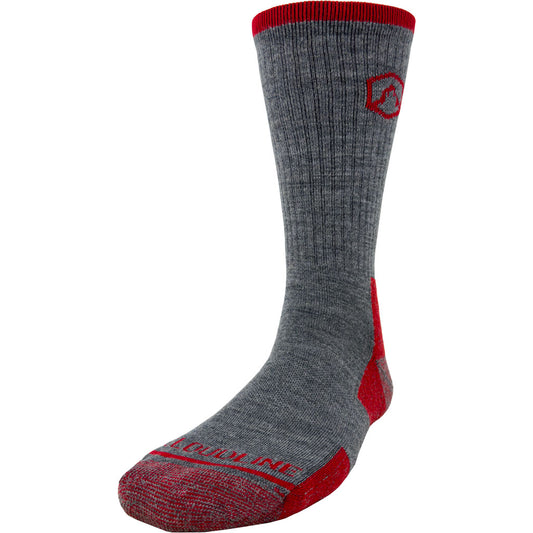
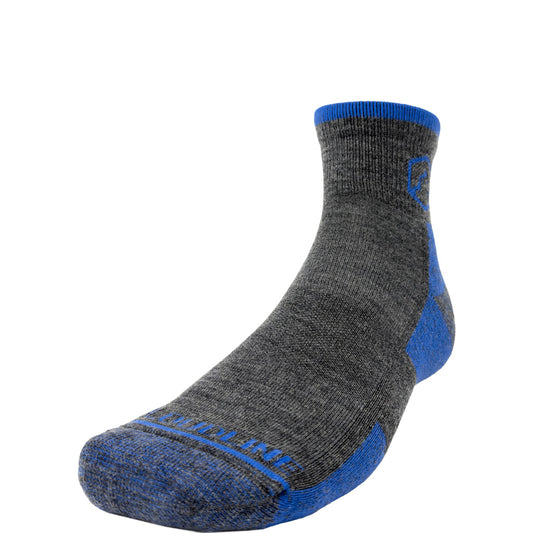
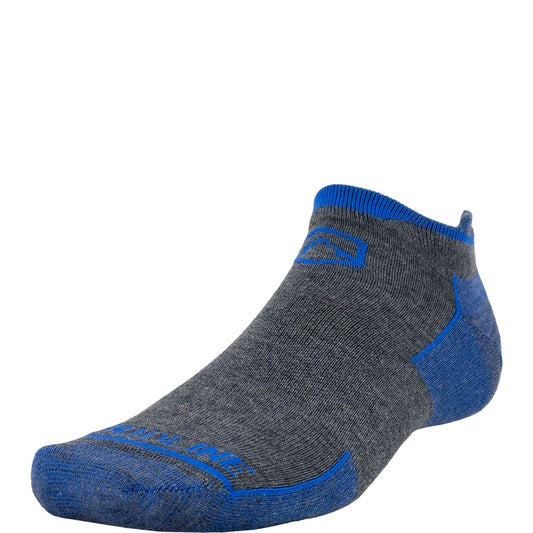
2 comments
Robert, that sounds amazing! When do you start?
Getting ready for my through hike . Applation trail. Georgia to Maine. I am 61 years old. Life been Good to me. This has been on my Bucket list for a long time. Been holding for years.